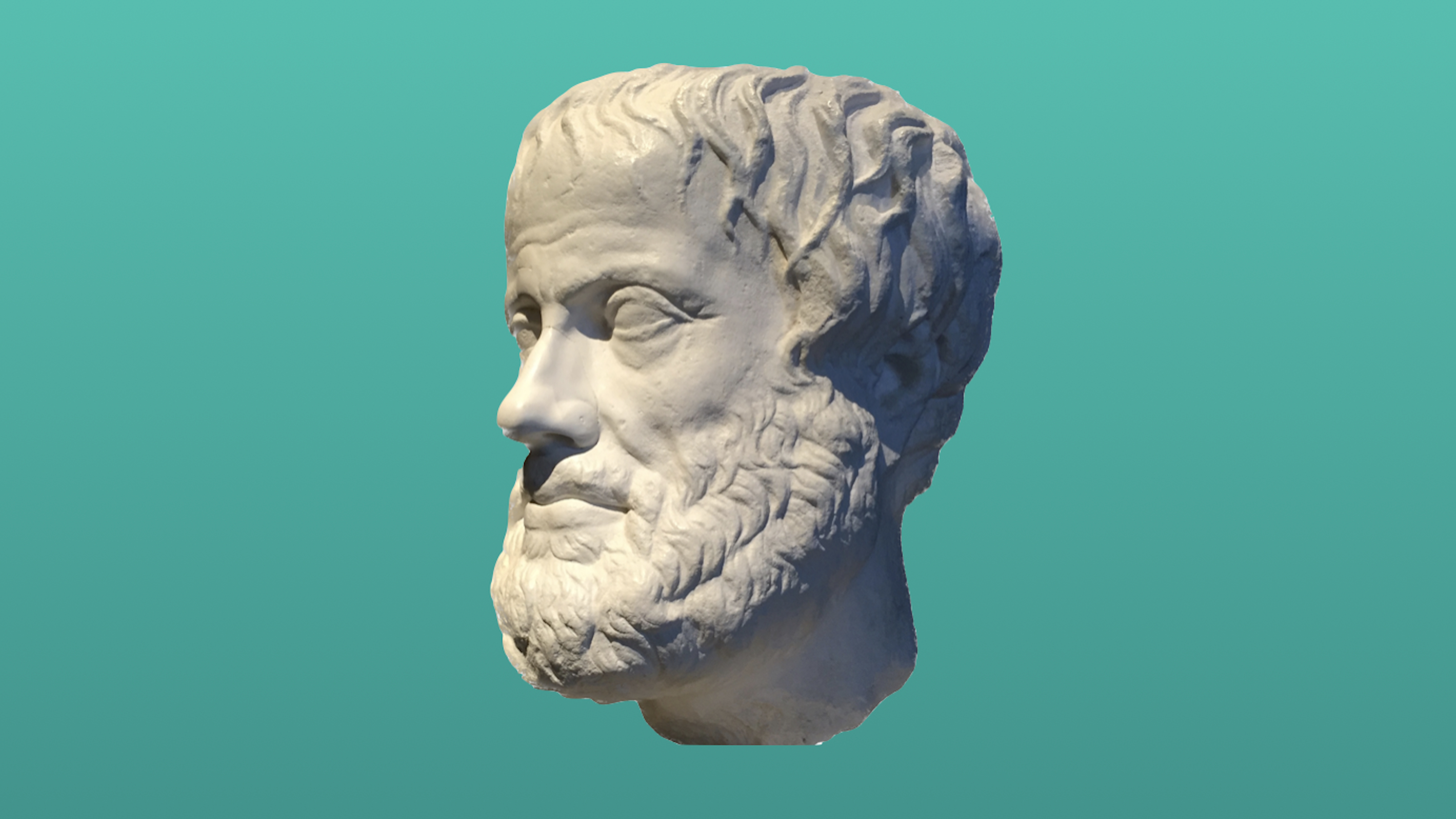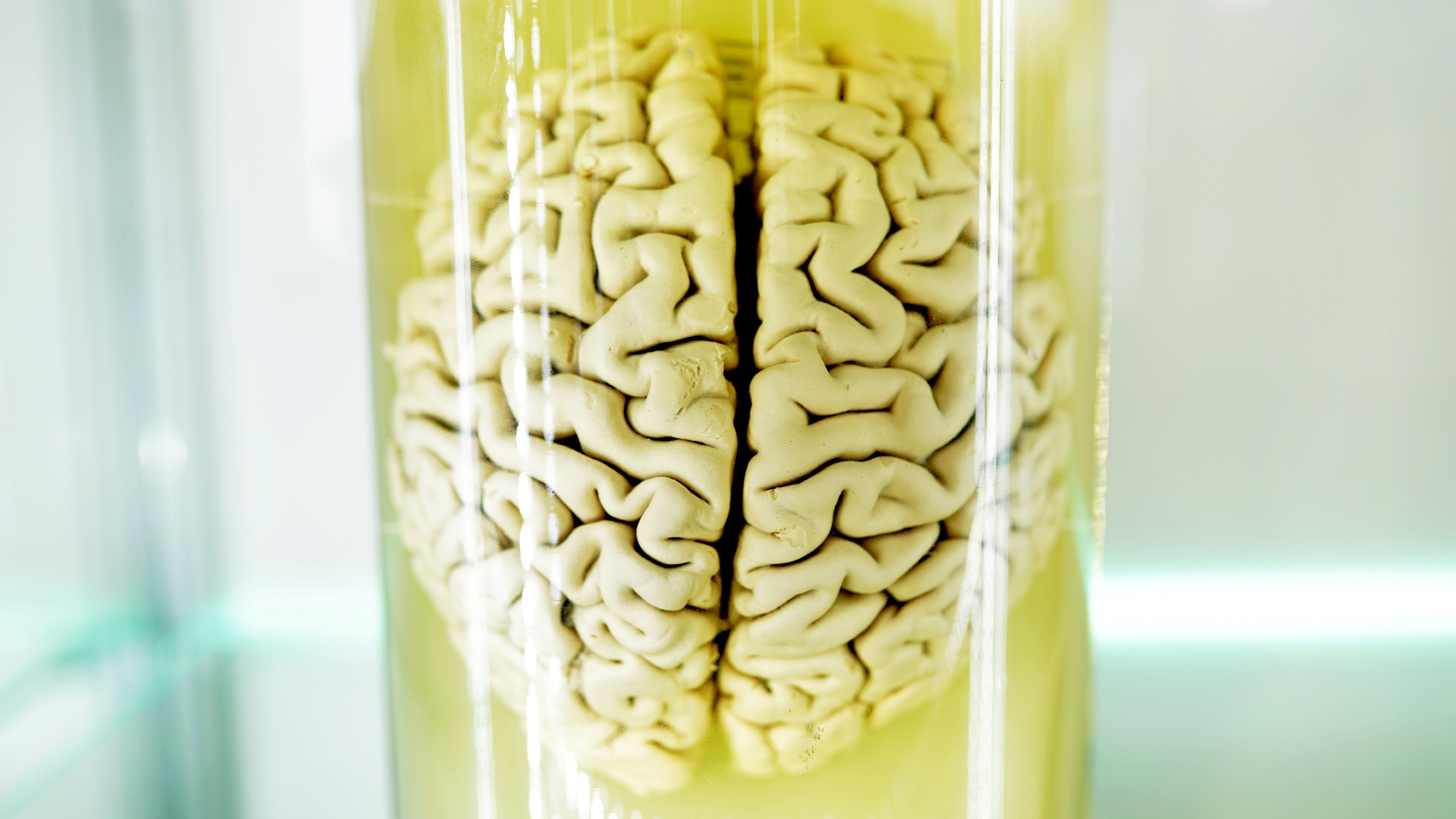How Neuroscience Will Help Create a New Architecture

What’s the Latest Development?
In the years ahead, neuroscience may make significant contributions to architectural design by explaining how specific spaces affect the brain. Just as a confined space may create feelings of claustrophobia, an airy and dynamic space may inspire creativity, growth and learning. “Today, the near 10-year-old Academy of Neuroscience for Architecturebelieves that neuroscience could make science’s greatest contribution to the field of architecture since physics informed fundamental structural methods, acoustic designs, and lighting calculations in the late 19th century.”
What’s the Big Idea?
By studying how different lighting and spatial dimensions affect the brain’s ability to process information, architects may be able to design buildings for specific neurological purposes. Were architects to have a firmer grasp of neuroscience, they could design “hospitals, schools, and homes for people with all manner of disabilities, to create places that would support the development of premature babies, the treatment of children with autism, the fostering of learning abilities of students.” Imagine a hospital in which nobody gets lost or an Alzheimer’s facility that helps people remember who they are.
Photo credit: Shuttestock.com





